Plymouth Belvedere Dodge Ram Truck 1980 Dark Blue and Primer
Plymouth. A name cemented in automotive history. A brand that started as an entry-level brand under the Chrysler umbrella evolved into so much more over the years. Plymouth was not only integral in the development of the American compact family car with the Valiant, but also in the muscle car era with unforgettable rides like the Barracuda and the GTX.
While Plymouth was a household name through the 50s and early 70s, it wasn't immune to some head-scratching executive decisions as time went on.
While American drivers were suffering under the 1973 Oil Embargo, some people started to turn to smaller imports that offered better fuel economy. Not only with their cars, but with trucks as well. American car companies knew that trucks were a staple of the American way of life, and a smaller truck would be huge for the average American.
Unfortunately, American automotive companies weren't exactly the experts on small vehicles, especially small trucks.
So the big three, GM, Ford, and Chrysler, all turned to a country that definitely knew their way around compact trucks, Japan.
America Turns To Japan
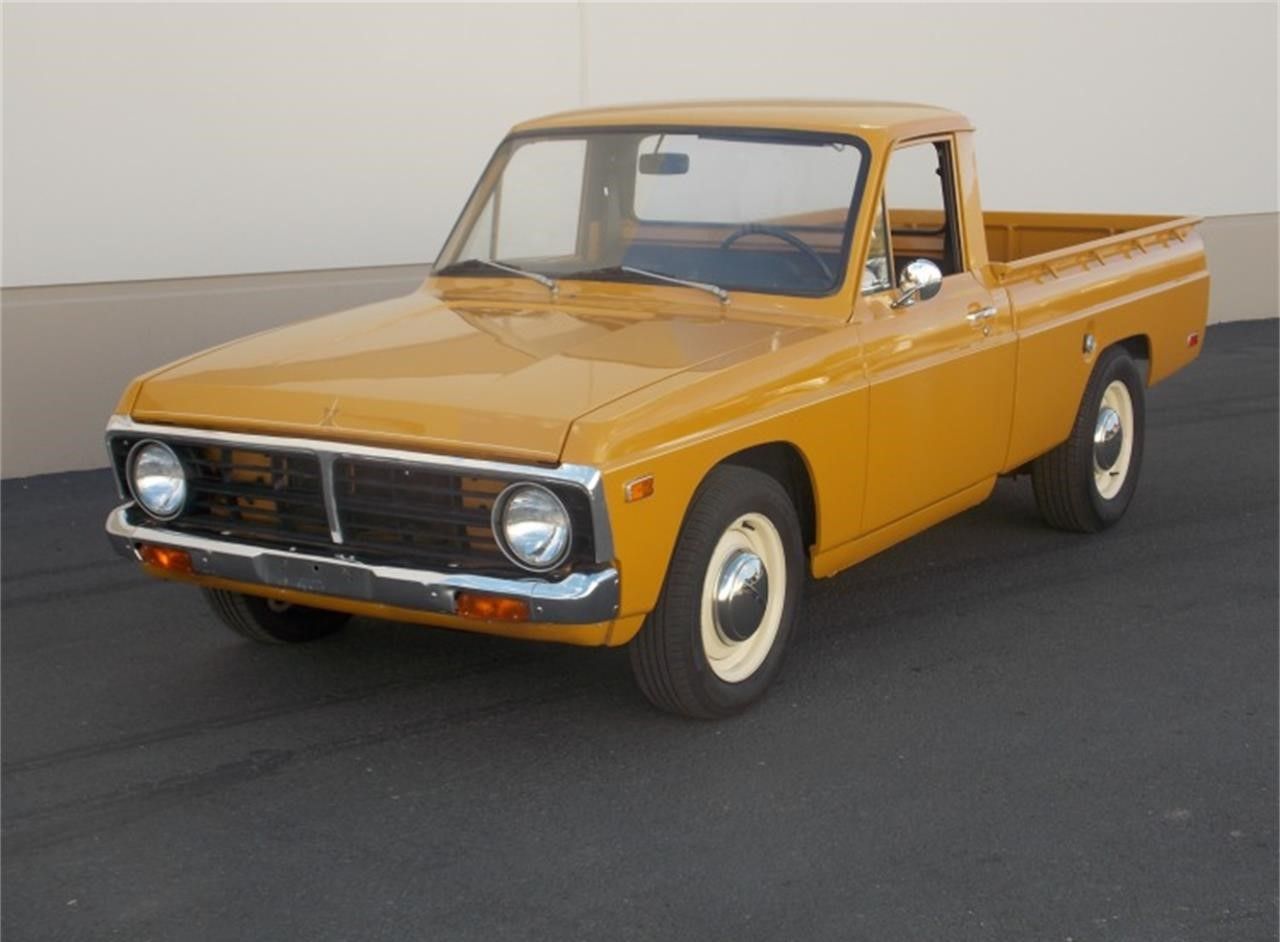
Ford was already working partners with Mazda and introduced the Ford Courier in 1973. It was a small, simple truck based on the Mazda B series of trucks.
A year earlier in 1972, GM tapped the shoulder of its business partner, Isuzu, and developed the Chevrolet Light Utility Vehicle, or more popularly known as the Chevy LUV.
But it wasn't until 1979 that Chrysler decided to jump into the compact truck market. Alongside their partners at Mitsubishi, it was decided that Dodge and Plymouth would import the Mitsubishi Forte from Japan to fill the compact truck market for Chrysler.
The Mitsubishi-based Dodge D-50 (later called the Ram 50) and the Plymouth Arrow Pickup were released to almost no fanfare. The D-50 and the Arrow were identical, only differing in steering wheel badges and emblems.
Upon Release, The Arrow Looked Good On Paper
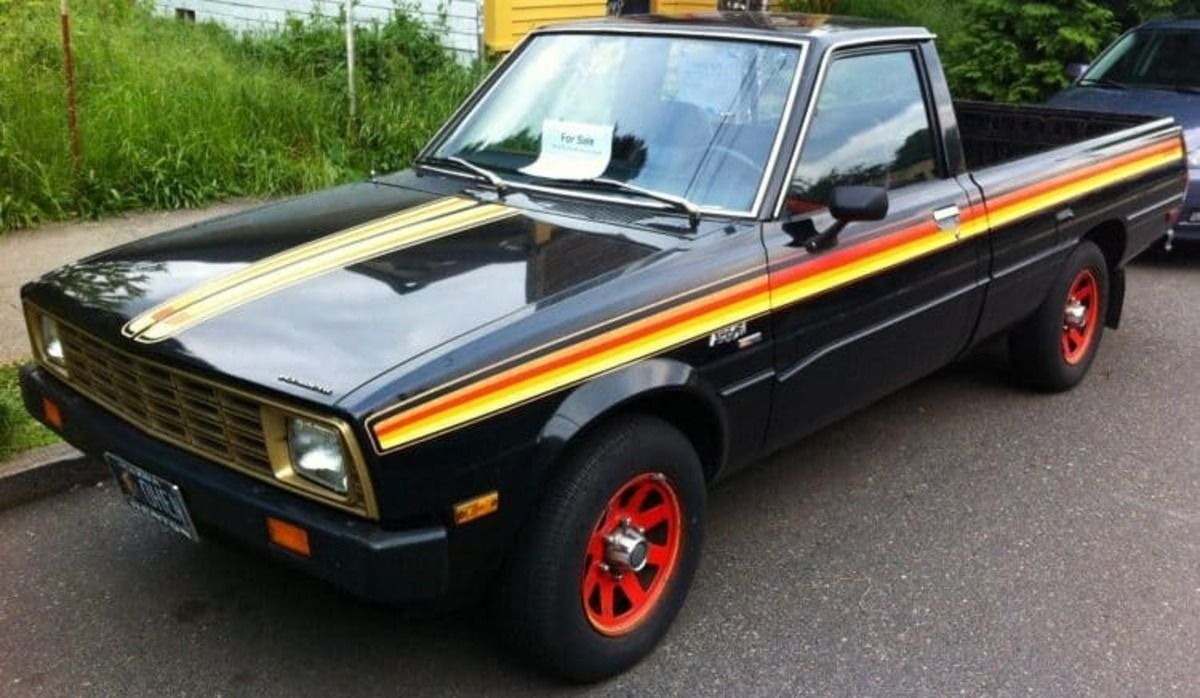
The only offerings under the hood were Mitsubishi 4 cylinder engines, a 2.0L, and a 2.6L, clocking in at 93 HP and 105 HP respectively, which was great compared to the Chevy LUV and Ford Courier.
They also had multiple transmission options as well. A standard 4-speed manual transmission was outfitted on most D-50 and Arrow trucks, but an automatic 3-speed and 5-speed manual were also offered.
The trucks were decently capable work trucks as well, offering a 1,400-pound max payload rating, as well as 6.5-foot long truck beds.
For the average American who wants a solid pickup to daily drive, it seems like a great option on paper.
Unfortunately, the D-50 and the Arrow immediately flopped.
But how?
How could the brand that gave us the Dodge truck line (and soon the Ram) commercially flop, especially when partnering up with Mitsubishi, the brand that changed the trucking world with its flat-nosed Fuso line of trucks?
The Names Just Didn't Fit
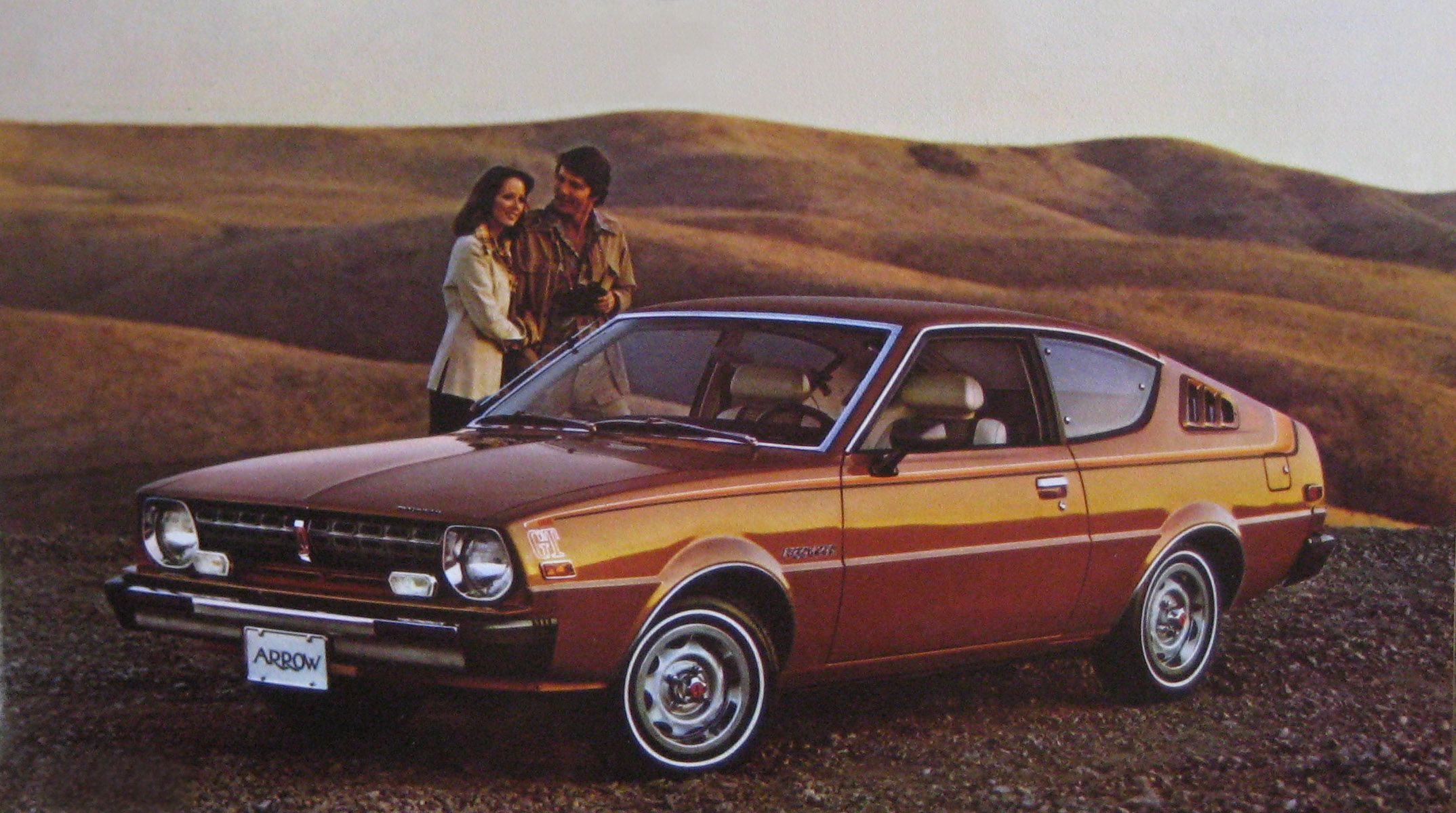
Both the D-50 and the Arrow were names associated with other cars in the lineup at Dodge and Plymouth.
Dodge had a line of trucks called the D series. A full-size line of hardy trucks that would become the modern-day Ram trucks you see today.
Plymouth already had a car called the Plymouth Arrow - it was a compact, sporty car based on the Mitsubishi Celeste, and it was known mostly for its resemblance to an early 70s Mustang fastback.
Can you imagine an automaker doing this today?
"I'll take a look at your Chevy Camaro"
"The compact truck or the sports car?"
While the names were strange at best, things only got worse for the Dodge and Plymouth small pickup.
The D-50 And The Arrow Were Eight Years Late To The Party
With Chevy and Ford selling their own imported small trucks in 1972 and 1973 respectively, these Mopar trucks were not only battling the competition but also customers who were already loyal to the LUV or the Courier. Some customers were already moving on to their 2nd Chevy or Ford offering.
While the performance was good compared to its competitors, the fuel economy was downright depressing. In 1981, the Plymouth Arrow had an EPA estimated 22 MPG. For comparison, the 1981 Dodge D Series full-size pickup with a 6 cylinder engine was rated at 18 MPG.
While this is slightly better, you'd expect more out of such a small truck. In the same year, the VW Rabbit pickup was getting a whopping 38 MPG out of their diesel offering.
When It Came To Design As Well, These Trucks Were Falling Short
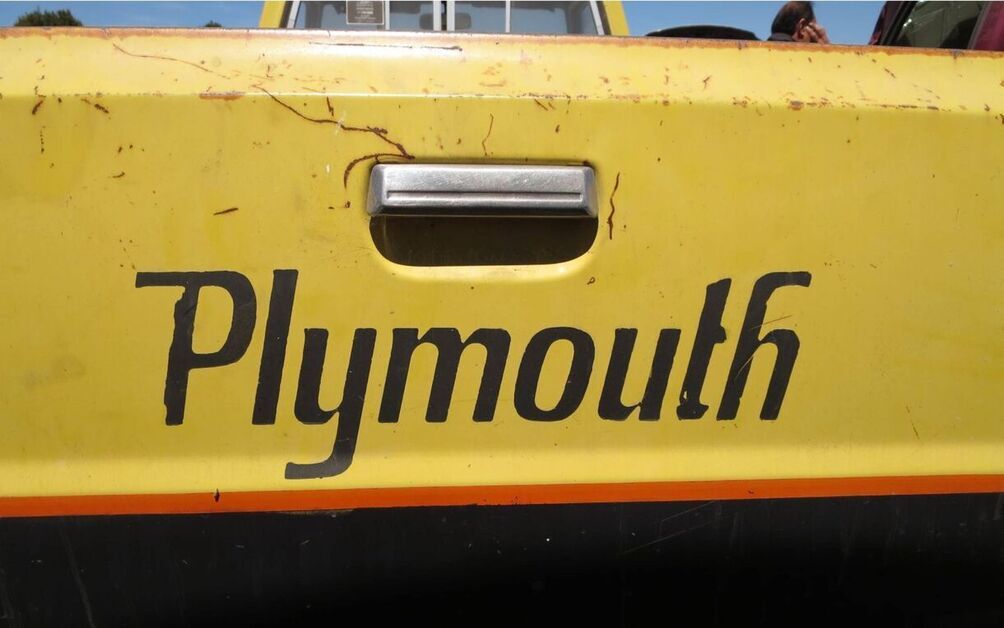
The Ford Courier had the bones of a Mazda, but Ford went out of their way to alter some body panels to make the truck fit into their lineup of cars and trucks. When Chevy introduced their LUV, not much was changed from its Isuzu counterpart, but the headlights and slightly curved front grille fit right in alongside the Chevy Nova.
But the D-50 and the Arrow didn't fit into the Chrysler lineup.
The Arrow specifically didn't look like anything in Plymouth's line at all. When the Ford Mustang Mach E was introduced, it took design cues from the two-door standard Mustang. When Chevy brought back the Blazer as a sporty crossover, they took design cues from other sporty cars in their lineup, most notably the Camaro.
The Plymouth Arrow pickup shared a name with a sports car - it was even sold together on dealer lots with that very sports car it shared its name with.
And it just looked like an out-of-place Mitsubishi.
A Missed Opportunity
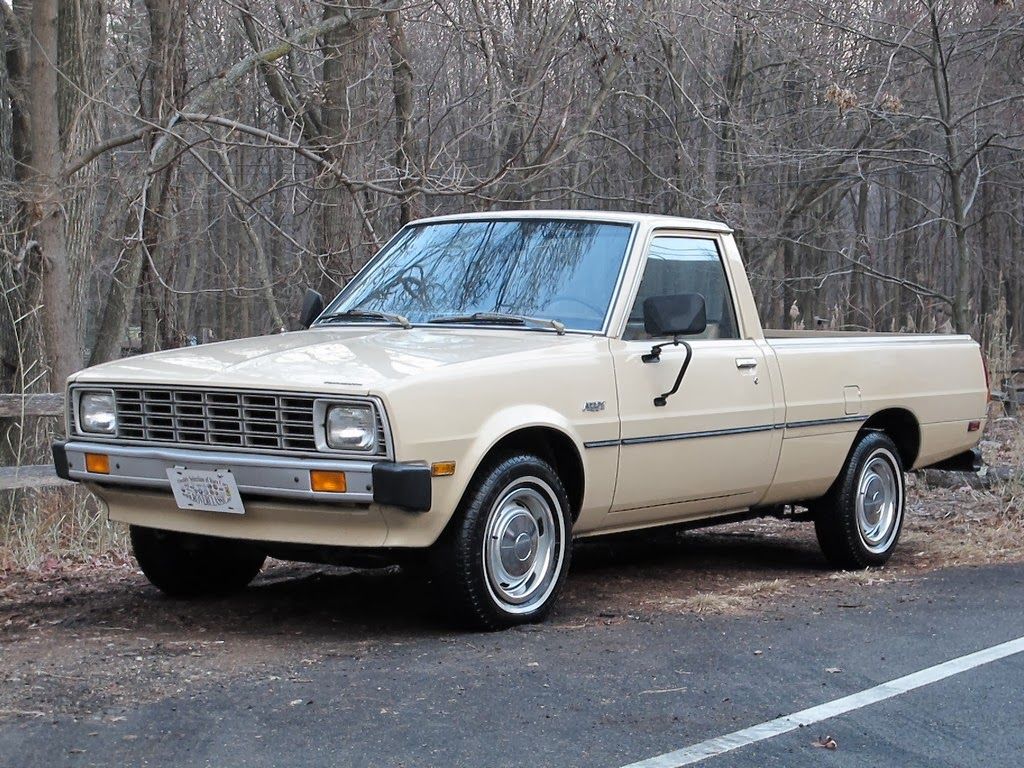
The Dodge D-50 did live on into the 1990s and found a small cult following, mostly with offroaders, the Plymouth Arrow died in 1982 and was quickly forgotten.
While the Plymouth Arrow was a disappointment and at best, ignored while it was in production, it is a great example of strange badge engineering and a perfect showcase of how far we have come with pickup trucks in America.
Pickups from Mitsubishi, Nissan, Honda, Hyundai, etc. don't have to hide behind the badge of an American powerhouse auto manufacturer, they can stand on their own here in the biggest pickup truck market in the world.
But every so often you just might see a strange-looking Mitsubishi truck with Plymouth emblems laying in a junkyard.
Oh how far we've come.
Source: https://www.hotcars.com/the-forgotten-plymouth-pickup-of-the-1970s/
0 Response to "Plymouth Belvedere Dodge Ram Truck 1980 Dark Blue and Primer"
Post a Comment